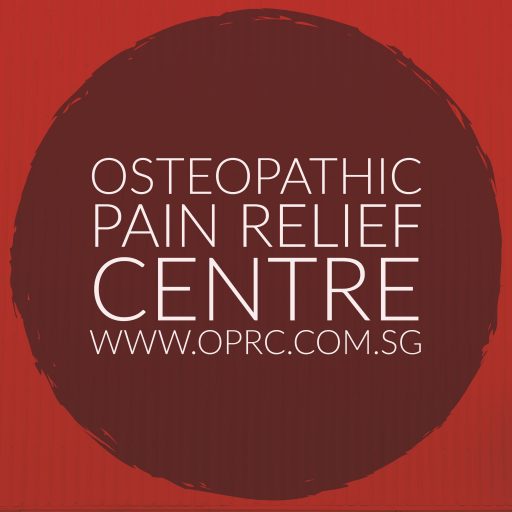Osteopathic Treatment of Sports Injuries
Osteopaths can assist in the treatment and subsequent management of common sports injuries. With their expert knowledge in anatomy and musculoskeletal pain, osteopaths can help to determine the exact tissue(s) damaged, the severity of the injury, and how long it will take for the injury to heal.
Osteopaths are trained to use a variety of hands-on technique to release muscle spasm, reduce excessive inflammation, and correct any mechanical imbalances in your body that make you vulnerable to injury. Advice will also be given as to how to manage your injury to facilitate recovery, and how to pace your return to sports.
// Rotator Cuff Injury
The rotator cuff refers to a group of four small muscles which run from the shoulder blade to the top of the arm bone. They act to support and move the shoulder joint. The rotator cuff muscle can be subjected to a strain when it is forcibly contracted or overstretched. Repetitive overhead activity (raising the arm) can also result in an overuse injury of the rotator cuff tendons, bringing about inflammation and swelling (tendinopathy). Pain from rotator cuff injury is often felt in the top of the upper arm, and may be worse when you try to lift the arm into the air.
// Hamstring Muscle Strain
A tear in the muscle group at the back of the thigh typically occurs during running or sprinting just before or after the foot hits the ground, when the hamstrings are contracted with excessive force in a stretched position. It is most commonly felt as a sudden pain or ‘tearing’ sensation in the back of the thigh.
Initially, you may be able to continue with your activity with minimal restriction. However, as the muscle cools down following activity, the pain may increase as bleeding and swelling of the muscle continues (inflammation). Subsequently, the strained muscle may feel progressively tighter and stiffer, limiting the range of knee extension and stride length when you walk or run.
// Ankle Sprain
Tearing of the ligaments on the outside (lateral) of the ankle can occur when the foot and ankle forcibly rolled inwards, during rapid changes in direction or losing your balance on uneven ground surfaces. Apart from pain in the outside and front of the ankle, there may also be an audible snap or tear. Depending on the severity of the injury, there may also be swelling at the site of injury, causing difficulty with walking or resting weight on the affected leg due to pain. In the next few days, bruising may develop up the leg and down towards the toes.
// Calf Injury
The calf refers to the two layers of muscles at the back of the lower leg that together forms the Achilles tendon. The more superficial gastrocnemius muscle is more commonly injured, as it provides the sudden explosive force for the ‘take off’ in running. Calf strains often occur when accelerating from a stationary position or when lunging forward, such as in tennis or squash. Repetitive use of the calf muscles in sports involving jumping and running can also cause microscopic tears in the Achilles tendon, contributing to pain and stiffness in the heel region following exercise.

